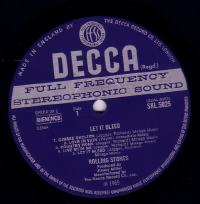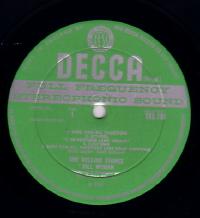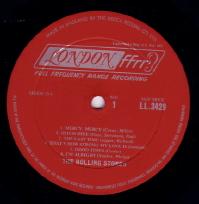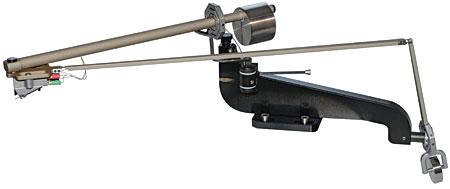Costello Sees the World
Elvis Costello took a quantum songwriting leap on his third album and with a generous six weeks in the studio following a world tour with new songs written, came up with intricate arrangements and sonically sophisticated production that while complex, was not detrimental to the intense propulsion of the music.
While the incorporation of worldly lyrical allusions seemingly took the singer's preoccupations beyond the “boy beats girl” theme of This Year’s Model there's plenty of that here too.
Primary Category:
Category:
Artist:
Elvis Costello and the Attractions
Album:
Armed Forces
Cred Label:
Radar/Mobile Fidelity MFSL 1-331 180g LP
Cred Prod:
Nick Lowe
Cred Eng:
N/A
Cred Mix:
N/A
Cred Mast:
Shawn R. Britton at Mobile Fidelity Sound Labs
- Read more about Costello Sees the World
- 2 comments
- Log in or register to post comments
Round and Round: The Sound of The Rolling Stones Part 3
Round and Round: The Sound of The Rolling Stones Part 2
- Read more about Round and Round: The Sound of The Rolling Stones Part 2
- Log in or register to post comments
Round and Round: The Sound of The Rolling Stones Part 1
HiFiction Thales AV tonearm Associated Equipment
- Read more about HiFiction Thales AV tonearm Associated Equipment
- Log in or register to post comments
HiFiction Thales AV tonearm Specifications
- Read more about HiFiction Thales AV tonearm Specifications
- Log in or register to post comments
HiFiction Thales AV tonearm Page 3
- Read more about HiFiction Thales AV tonearm Page 3
- Log in or register to post comments
HiFiction Thales AV tonearm Page 2
- Read more about HiFiction Thales AV tonearm Page 2
- Log in or register to post comments
HiFiction Thales AV tonearm
- Read more about HiFiction Thales AV tonearm
- Log in or register to post comments






